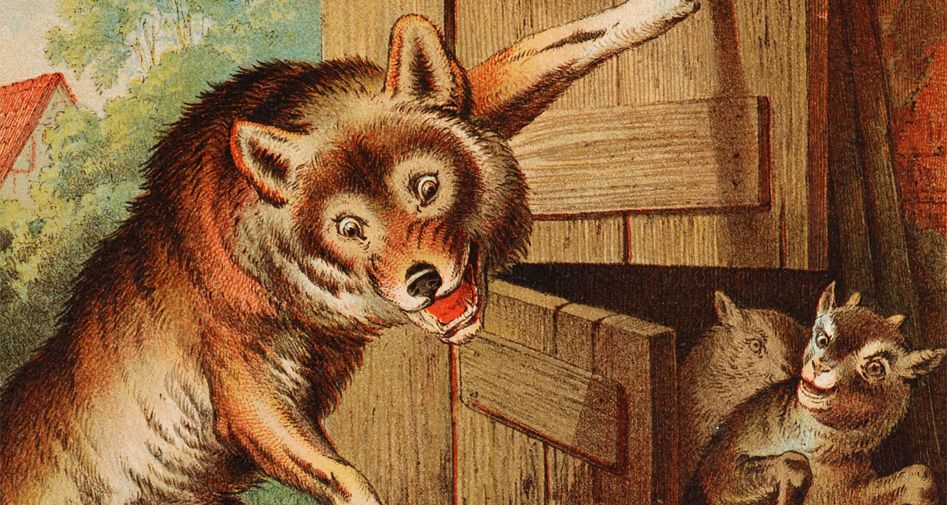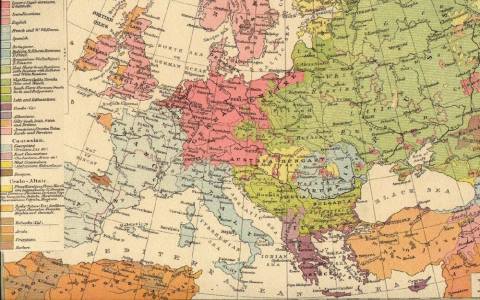Alright folks, today’s notebook entry is all about putting that old fairytale, The Wolf and the Seven Young Kids, to work teaching little ones about stranger danger. Felt good to dust off a classic for something so important. Here’s exactly how I rolled it out yesterday afternoon with my niece Sophie and her friend Leo.
First Up: Digging Out the Materials
Grabbed my old, slightly battered copy of the Brothers Grimm off the shelf – the version with pictures, gotta have pictures! Flipped straight to the story. Remembered I needed something visual for the “password” part, so quickly scribbled down a pretend “secret phrase” on a piece of card: “Sunshine Butterflies”. Also dragged out some construction paper and crayons from the craft box. Wanted stuff ready to grab.
Setting the Scene
Got Sophie and Leo settled on the rug. No fancy intro, just said, “Listen up, we’re reading a story about some clever goat kids and one tricky wolf, and it might teach us something sneaky.” That got their attention quick. Started reading aloud, doing my best deep, gravelly wolf voice for the wolf parts and tiny, squeaky voices for the little goats. Pointed out the pictures as we went.
Hitting the Pause Button at Key Spots
Didn’t just read straight through. Stopped when the wolf first came to the door. Asked them, “Why shouldn’t they open it? What looks wrong?” Leo spotted the black paws under the blanket right away! Felt proud of him. Stopped again when the wolf went to the baker and the miller. “Why is he changing himself like that?” Sophie piped up, “To trick them! He’s lying!” Exactly!

The biggest pause was when the wolf tries the password trick with the youngest kid. Showed them my “Sunshine Butterflies” card. Got real serious then. “See this? The password the mama goat set? The wolf didn’t know it, did he? The kids were super clever checking.” Looked them both in the eye. “It’s like how your parents have a special code word. If someone tries to pick you up and doesn’t know the magic word…” Sophie finished, “Don’t go! Tell the teacher!” Nailed it.
Talking It Over After
Closed the book. “Okay, detectives,” I said. “What were the wolf’s big tricks?” We listed them together using their words:
- Pretending to be someone else (dressing up as mama).
- Using sweet talk (“I’ve brought presents!”).
- Lying about why he needed stuff (he wasn’t hurt!).
Asked, “So what could those sneaky things look like in real life?” They understood:
- Someone saying “Your mom sent me, come quick!” when it feels weird.
- Offering candy or toys to get you to go somewhere.
- Trying to get you to keep a “fun secret” from your parents.
Kept reinforcing: “Your job is to check with your grownup. Always check. Be like the clever little goat who hid!”
Tying It All Together with Action
Didn’t just leave it at talk. Got out the construction paper. “Right,” I said, “Time to make your OWN family safety card!” Helped them fold paper into little cards. On one side, they wrote “My Grownup” and drew a picture of their parent/guardian. On the other side, they wrote “Our Secret Code Word:” and put their actual family safety word (with parent permission, obviously!). Sophie drew sparkles around hers. Leo put superhero symbols. They slipped them into their backpacks. Made it tangible.
Checking the Results
How do I know if it sunk in? Later, while playing outside, I casually walked up and pretended to be a stranger. Used my best ‘nice’ voice: “Hey kiddos, your mom said she’s stuck at the store, sent me to get you! There’s ice cream in my car…” Sophie instantly yelled, “STRANGER DANGER!” while Leo just crossed his arms and shouted, “NOPE! Show me the code word!” Had to laugh, ruffled their hair. “Perfect reaction, guys. Perfect.” Felt a real warm glow seeing them use the story lesson instinctively. That’s the payoff. Definitely keeping this method in my back pocket.




